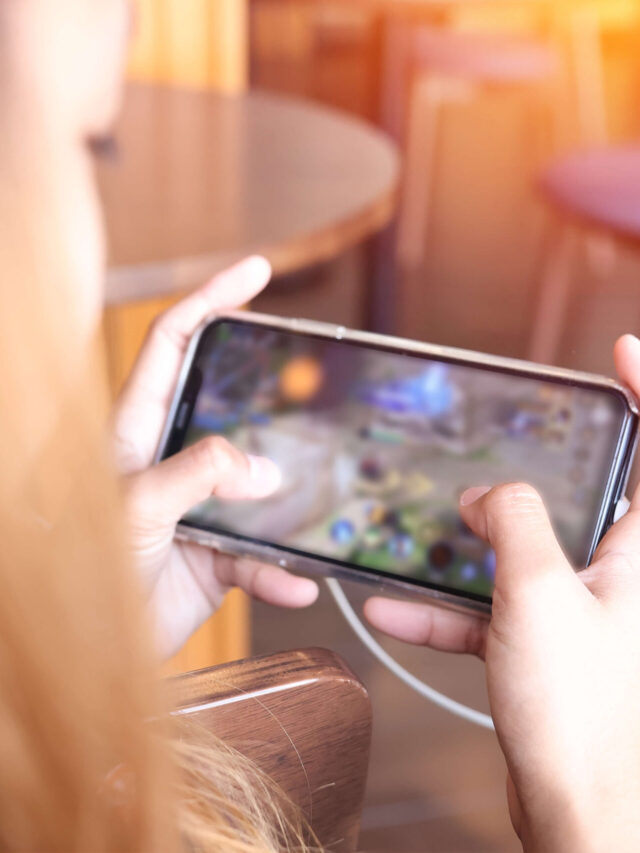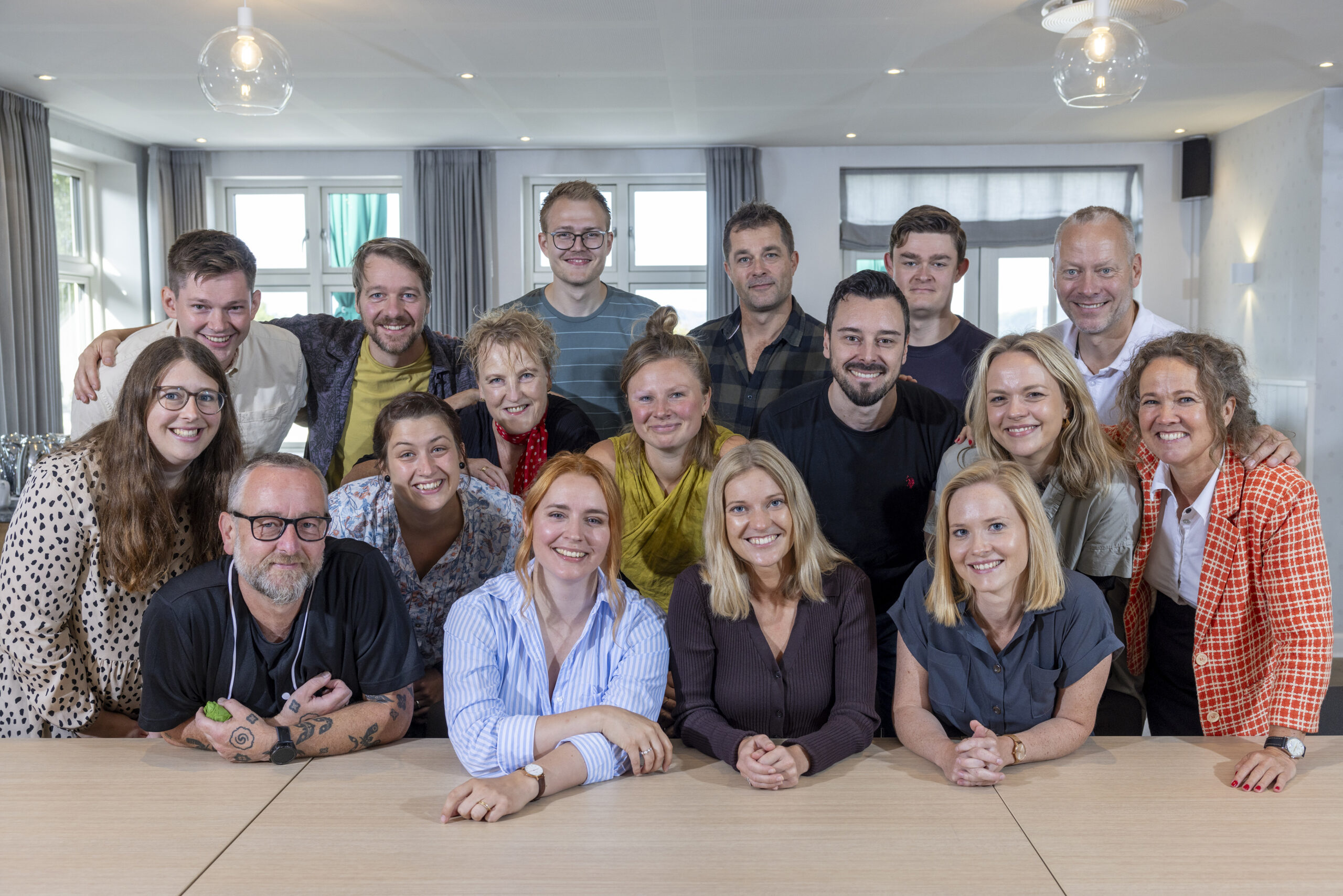Guide to using group chat in working with vulnerable youngsters online – for municipalities and organizations
1. The hidden youth When you move from social work in the real world over to social work in the digital world, it not only opens up new ways to meet young people, but also allows you meet different kinds of young people. Experiences from Cyberhus.dk indicates that the youth who are using online counselling have no or bad experiences with the municipal system, and that they often have great difficulty seeking help through physical contact. Even though multiple municipalities have already started to realize this through the use of the 1-1 chat, the group chat also appeals to the young people who still have reservations against personal counselling, and who would rather want to find young people like themselves in order to better assess their own situation. In these cases, the counsellor can always direct to 1-1 chat or even the physical practice, either as an open invitation to all participants or in a ‘whisper’ to one of them.
2. Questions after lectures
As a part of the investigative and preventive work at CfDP, we often host lectures or presentations for children and adolescents. When the lecture is themed around social or psychological problems, it can be quite transgressive for the individual young person to ask question in plenary. By opening a group chat after the event, you create room for the difficult questions in a safe and anonymous space where more people might find the answer useful than if the answer had stayed 1-on-1 in a chat or was answered in an e-mail.
3. Education
If you decide to host a group chat with the intended purpose of general education or psychological education, it’s possible to build bridges between the different departments of organizations and municipalities – even between specialised inter-municipal departments. This enables the counselor to involve experts like advisors, no matter the geographical distance, so that the counselor isn’t required to try and possess all necessary knowledge. In this case, the group chat can also be used as a tool to investigate the opinion of young people regarding certain subjects. This way, future initiatives can be quality-measured among the young target audience.
4. Aftercare
When a young person or group have ended a muncipal procedure, individual follow-up can be an exhaustive and ressource-consuming activity. With the group chat, it’s possible to do cheap and efficient aftercare that can lead to a maintenance of the young person’s positive developments. Also, it makes it possible to articulate factors that are difficult in a social context. Aftercare can be done either by inviting a specific group of young people or having fixed weekly or monthly opening hours.
5. Maintenance & motivation
In the same way that the group-chat can be used for aftercare, it can also be used continuously in relation to municipal and organisational procedures as a way to motivate and hold on to the individual young person. This is specifically intended for the young people who often cancels their appointments or who has to travel a long distance to get to their appointments. Here, it is again worth considering inviting a specific group of young people or having fixed opening hours. This can specifically be seen as a way to support the young person’s individual situation and give a sense of relatability and community.
6. Inter-municipal cooperation
Because the group chat doesn’t depend on geography, it has the potential to strengthen the cooperation between the danish municipalities because it will be possible to put together courses consisting of groups of young people from different municipalities. This can be advantageous in various situations, for example if you have municipal offers that applies to a very narrow target audience, or if a group offer has had several cancellations and is in danger of closing down. Group chat can also become an advantage in projects that involve multiple municipalities, like Project Brus in the Danish region of Midtjylland where several municipal departments work together towards a common goal.
This work by CDYC (CPDP) was developed in the project “Digitally Agile Youth Work” with funding from Erasmus+. It is licensed under a Creative Commons Attribution- ShareAlike 4.0 International License. Permissions beyond the scope of this license may be available at our webpage www.cfdp.dk. The full collection includes materials from partners from Scotland, Ireland, Finland, Austria, Germany and Denmark. This can be found at www.digitalyouthwork.eu





Hvis du vil sætte et par ord på din tilbagemelding, vil det hjælpe os rigtig meget, til at kunne forbedre vores indhold.